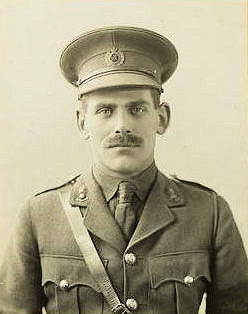
Figure 1. Lieutenant Victor Charles Douglas Boyd-Carpenter, R.E.
(Image courtesy of Janet Blyth)
Lieutenant
VICTOR
CHARLES DOUGLAS BOYD-CARPENTER
Royal Engineers
by
Lieutenant Colonel (Retired) Edward De
Santis, MSCE, PE, MinstRE
(August 2023)

Figure 1. Lieutenant Victor Charles Douglas Boyd-Carpenter,
R.E.
(Image courtesy of Janet Blyth)
1. INTRODUCTION
The more that I research officers and men who served in the Great War, the more I realize that enemy artillery was the cause of most casualties and deaths among these men. In the United States Army we call the Infantry the Queen of Battle and the Artillery the King of Battle because most casualties result from artillery fire. Lieutenant Boyd-Carpenter’s story is the story of an officer of the Royal Engineers who served only seven months and five days on the Western Front before he was killed in a German artillery barrage. This narrative is an attempt to describe as accurately as possible Boyd-Carpenter’s military service, short though it may have been.
2. FAMILY INFORMATION AND EARLY LIFE
Family Information
Victor Charles Douglas Boyd-Carpenter was born at Ripon, Yorkshire on 17 September 1887. His father was The Reverend Sir William Boyd Carpenter, K.C.V.O. (1841-1918), the Bishop of Ripon. His mother was Annie Maud Boyd Carpenter, née Gardner (1854-1915).[1]
Early Life
Although no specific information was encountered regarding his education, V.C.D. Boyd-Carpenter apparently received a degree in Civil Engineering. On 17 September 1912 he was proposed for an Associate Membership in the Institution of Civil Engineers (I.C.E.).[2] At the time he was working as an Inspector in the Maintenance of Way and Structures Department of the Southern Railway Company in Washington, D.C. The Southern Railway was a class 1 railroad based in the Southern United States between 1894 and 1982, when it merged with the Norfolk and Western Railway to form the Norfolk Southern Railway. In order for him to hold such a position and to become an Associate Member of the I.C.E., he had to at least have a bachelor’s degree in engineering. On 4 February 1913 his application was approved and he became an Associate Member of the I.C.E.[3]
At some point prior to or at the beginning of the Great War, Boyd-Carpenter returned to the U.K. The Army was being expanded when he returned and he was soon to become involved with the war as an officer. The division that he would ultimately serve in, the 14th (Light) Division was formed in September 1914. In January 1915 the 89th Field Company, Royal Engineers was formed and assigned to the 23rd Division and then to the 14th (Light) Division. This would be the company in which Boyd-Carpenter was to serve.
3. COMMISSIONING AND TRAINING
Commissioning
Boyd-Carpenter was commissioned a Temporary 2nd Lieutenant in the Royal Engineers on 16 October 1915.[4] Following his commissioning he probably was sent off to the School of Military Engineering (S.M.E.) at Chatham, Kent for officer training.
Training
As he was already a Civil Engineer, his training period was surely curtailed. It is most likely that he was not required to receive training in construction or surveying, as these subjects would have been part of his Civil Engineer training. His instruction at the S.M.E. probably included field fortifications, telegraphy, photography, chemistry, military law and tactics as well as the customs of military service. His training at Chatham appears to have lasted only three months before he was posted to his unit in France.
4. POSTINGS AND CAMPAIGN SERVICE
On 24 January 1916 Temporary 2nd Lieutenant Boyd-Carpenter joined the 89th Field Company of the 14th (Light) Division on the Somme.[5] The other units of the Royal Engineers in the division were the 61st and 62nd Field Companies and the 14th Divisional Signal Company, all under the command of Lieutenant Colonel T.A.H. Bigge, R.E. who had been posted to the division as the Commander Royal Engineers (C.R.E.) in December 1915. In addition to the R.E. units in the division, Boyd-Carpenter probably became acquainted with some of the officers of the 11th Battalion of The King’s (Liverpool) Regiment, which was the division’s Pioneer Battalion at that time.[6]
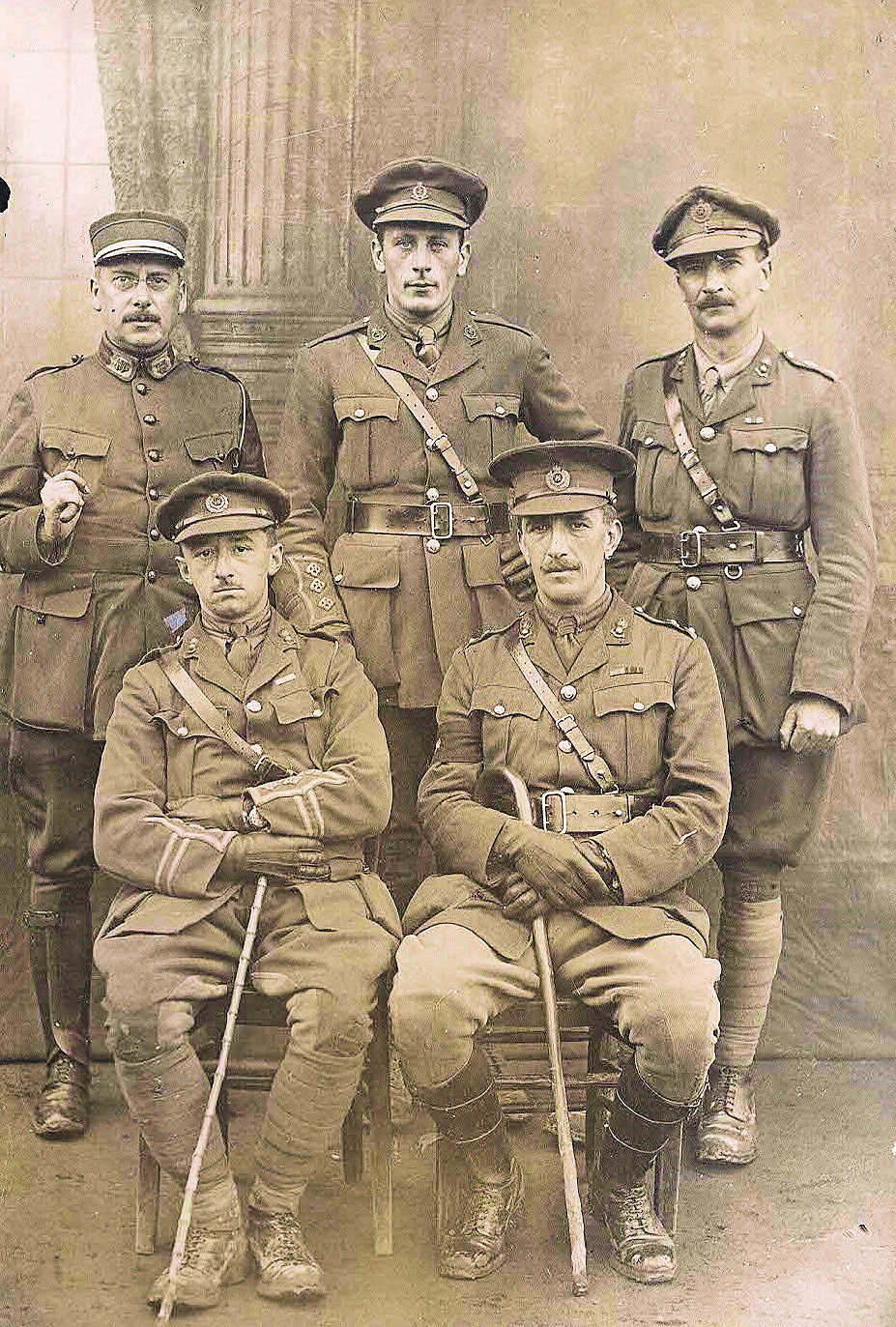
Figure 2. The Staff of the Commander Royal Engineers
14th
(Light) Division, circa September 1917.
(Image from the
R. Thomson photograph album)
The officers in the photograph above are (standing, left to right); Monsieur E. Leffre (Interpreter), Captain R. Thomson, R.A.M.C., Lieutenant Walker, R.E. (seated, left to right); Captain John Basil Snell, R.E. and Lieutenant Colonel Collins, R.E., who had replaced Lieutenant Colonel Bigge as the Commander Royal Engineers of the division. Some of the other officers may not have been on the staff of the 14th (Light) Division Engineers at the time that Lieutenant Boyd-Carpenter served in the division, as this photograph was taken about a year after his death. Captain Thomson was the divisional engineers medical officer.[7]
Upon joining his company, Boyd-Carpenter was given command of No. 3 Section. From the War Diary of the company it appears that there were seven other officers in the unit. Captain Eric Osborne Alabaster appears to have been the Officer Commanding the company. There was a Captain Joseph Benskin in the company who probably was the Second-in-Command. No. 1 Section was under a Lieutenant Cooper, No. 2 Section under Lieutenant Beasley and No. 4 Section under a 2nd Lieutenant Perrott. There were two other officers in the company: 2nd Lieutenant Maurice Charles Mowbray and Lieutenant E.D. Alexander.[8]
From the time that Boyd-Carpenter reported into the company the unit was located in the Dainville area working on typical field engineering projects. Things were not all that quiet in the area and on 12 March 1916 the company lost three men killed in action: 48532 Sapper Sidney George Boyens, 63218 Sergeant H.C. Long and 50614 Sapper Thomas H. Dunn.[9] These were the first deaths that Boyd-Carpenter was to witness during his time at the front.
On 20 May 1916 2nd Lieutenant Boyd-Carpenter was promoted to the rank of Lieutenant and on 20 June the company moved to the Arras area. From 15 July to 3 September 1916 the 89th Field Company was engaged in the Battle of Delville Wood, although Boyd-Carpenter was not to see the end of that battle.[10]
On 1 August Boyd-Carpenter’s company moved to Barly.
On 2 August the unit was at Le Bretel.
On 8 August the company was at Dernancourt.
On 12 August the 14th Division relieved the 17th Division on the front line.
On 13 August the 89th Field Company was involved with trench work at Fricourt.
On 14 August 45184 Sergeant Ernest Muir was killed in action.
On 18 August, in Delville Wood, the 43rd Brigade of the 14th Division, attacked the north end of ZZ Trench, Beer Trench up to Ale Alley, Edge Trench and a sap along Prince's Street, which had been found on reconnaissance photographs.
On 21 August Delville Wood was captured by the 14th Division. The division’s operation was conducted by a battalion of the 41st Brigade and three battalions from the 42nd Brigade.
On 28 August No. 2 Section of the company was given the mission to wire in front of the trenches and Boyd-Carpenter’s No. 3 Section was to collect more wire in Inner Trench for future work when both sections were caught in a very heavy artillery barrage in the wood located near Mametz. 40319 Sapper Jacob Dunlop, who was with Boyd-Carpenter when the barrage hit, was killed outright. Boyd-Carpenter was seen to have been in the barrage impact area but his body was not immediately found.[11]
On 29 August sections of the 89th Field Company did not go forward for work on the line in view a very heavy bombardment planned for a big Fourth Army attack. A party was sent out to recover Lieutenant Boyd-Carpenter’s body, without success. A Captain Heath of the 103rd Field Company arrived in the 89th Field Company’s area and volunteered to recover Boyd-Carpenter’s body and bury him.[12]
The German barrage that killed Boyd-Carpenter and Dunlop also wounded nine other men. Two of the men, 112443 Sapper H. Blezard and 50613 Sapper Thomas James Bowen, died of their wounds on 30 August.[13]
Lieutenant Victor Charles Douglas Boyd-Carpenter was buried in Delville Wood Cemetery in Longueval, Section IV, Row B, Grave 1. He was 28 years old.[14]
Probate of his will took place in London on 12 April 1917. His wife’s address was listed as 6 Little Cloisters, Westminster, Middlesex. His effects, in the amount of £5,427- 1 shilling and 4 pence (approximately $442,600 US in 2023 currency), went to a Public Trustee.[15]
|
|
The mourning armband in Figure 4 above may have been for his mother, who died on 1 September 1915, just a month and a half before he was commissioned. On the other hand, it may have been for a personal friend or a fellow soldier. No evidence has been found to indicate why he might have been wearing it.
MEDALS, AWARDS AND DECORATIONS
For his service during the war Lieutenant Boyd-Carpenter was posthumously awarded the British War Medal and Victory Medal. The medals were sent to his wife at Deans Lodge in Dartmouth.[16]
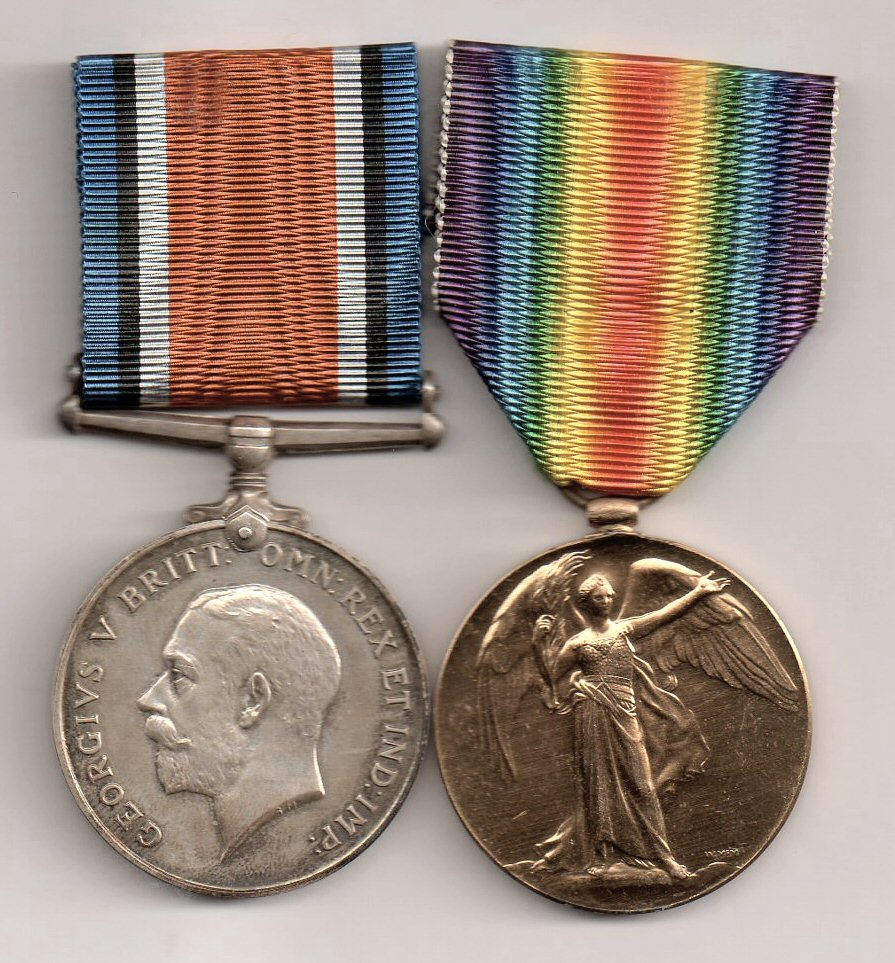
Figure 5. The British War Medal and Victory Medal
(Image
from the author’s collection)

Figure 6. The Medal Index Card of Lieutenant V.C.D.
Boyd-Carpenter, R.E.
(Image courtesy of Ancestry.com)
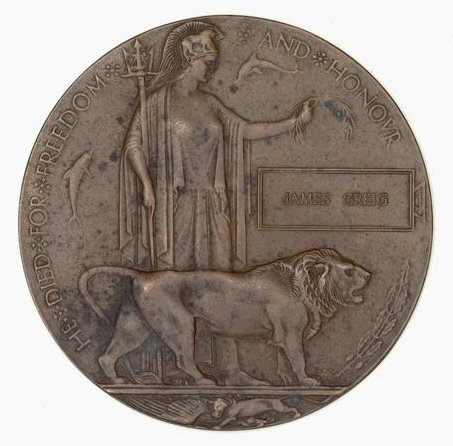
Figure 7. The Bronze Memorial Plaque.
(Image from
the author’s collection)
Mrs. Boyd-Carpenter also would have received a Memorial Plaque to commemorate the death of her husband during the war. The plaque would have contained his name in the rectangular box just above the lion’s head (See Figure 7).
NOTE: Neither the medals nor the Memorial Plaque shown above are those of Lieutenant Boyd-Carpenter. They are included here for illustrative purposes only.
REFERENCES:
Family Trees
Victor Charles Douglas Boyd-Carpenter (by Janet Blyth).
Victor Charles Douglas Boyd-Carpenter (by Graham Taylor)
Civil Documents
Application for Associate Membership in the Institution of Royal Engineers.
Commonwealth War Graves Commission Memorial.
1917 Probate Calendar, page 452.
The Institution of Civil Engineers List, July 1916, p. 109.
Lieutenant R. Thomson, R.A.M.C. Photograph Album.
Internet Web Sites
14th (Light) Division.
https://en.wikipedia.org/wiki/14th_(Light)_Division
Commonwealth War Graves Commission.
Find a Grave.
https://www.findagrave.com/memorial/56584596/victor-douglas-boyd-carpenter
London Gazette
The London Gazette, 15 October 1915, p. 10156.
The London Gazette, 21 July 1916, pp. 7217 and 7218.
Military Documents
Medal Index Card.
Royal Engineers Medal Roll: British War Medal and Victory Medal.
Chronological Outline of the Service of the 89th Field Company in the Great War (Battle Honours of the Royal Engineers)
War Diary, 89th Field Company.
ANNEX A
The circular area (see red arrow) is the area where Lieutenant Boyd-Carpenter was killed in the artillery barrage. It is located near Mametz in a wooded area on the boundary between the British XV and XIII Corps.
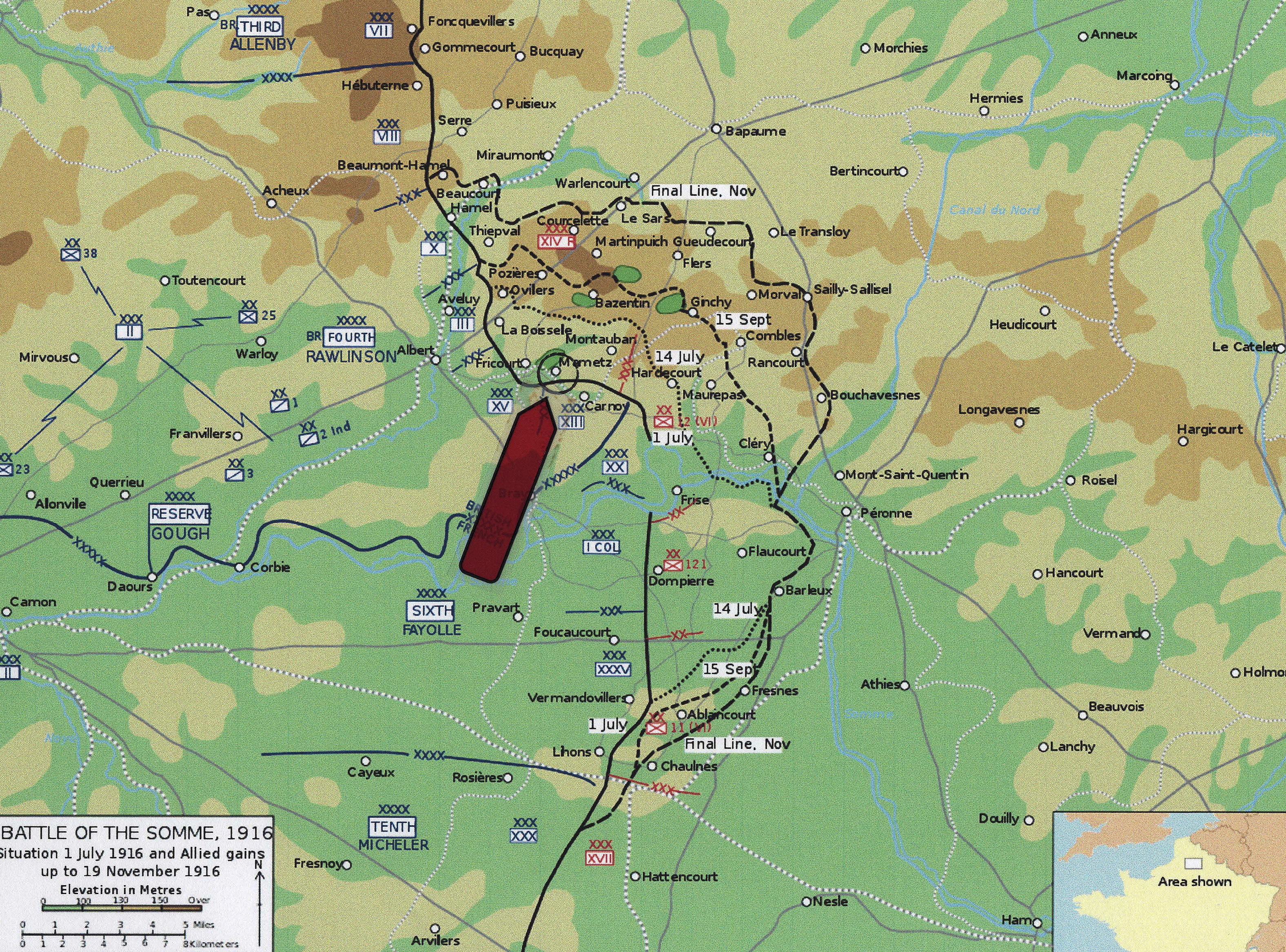
Figure 8. Map of the Mametz Area Showing Where
Lieutenant Boyd-Carpenter was Killed.
(Image courtesy of
Wikipedia)
ENDNOTES:
[1] Family Trees.
[2] I.C.E. Associate Membership Application.
[3] I.C.E. List, July 1916.
[4] London Gazette, October 1915.
[5] 89th Field Company War Diary.
[6] Wikipedia.
[7] Thomson photograph album.
[8] 89th Field Company War Diary.
[9] Commonwealth War Graves Commission.
[10] 89th Field Company War Diary.
[11] Ibid.
[12] Ibid.
[13] Ibid.
[14] Commonwealth War Graves Commission.
[15] Probate calendar.
[16] Medal Index Card.